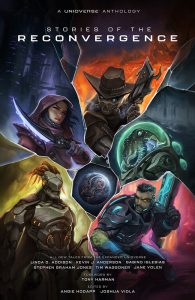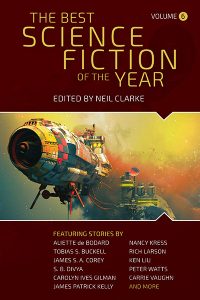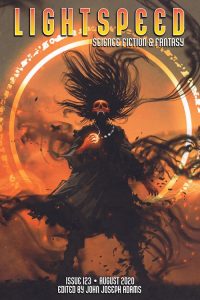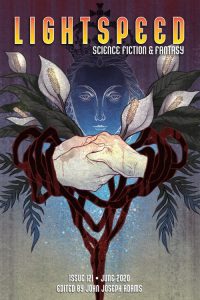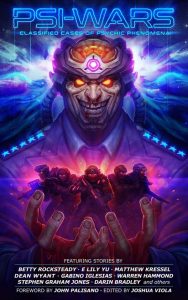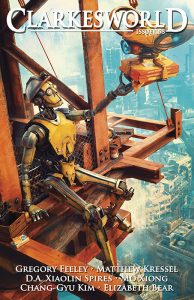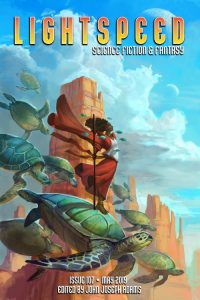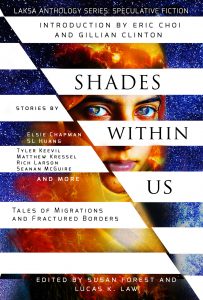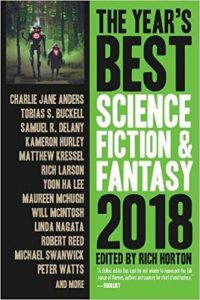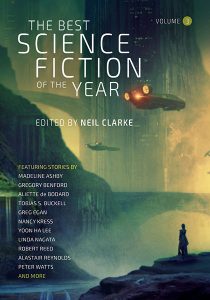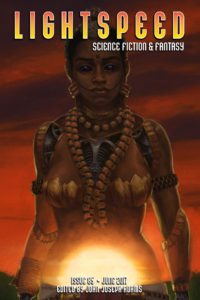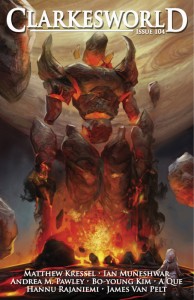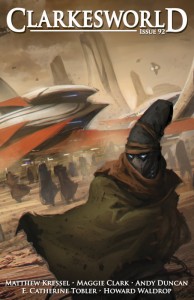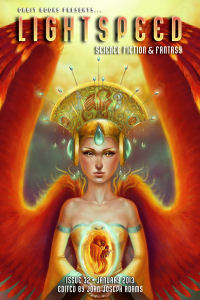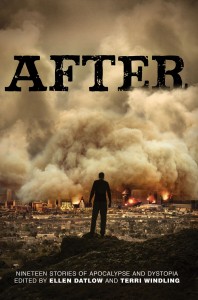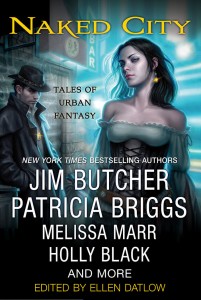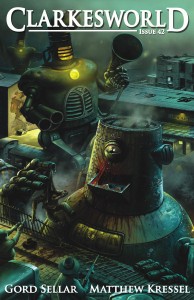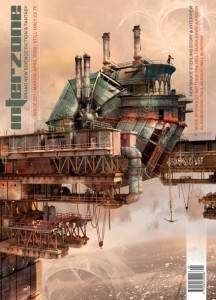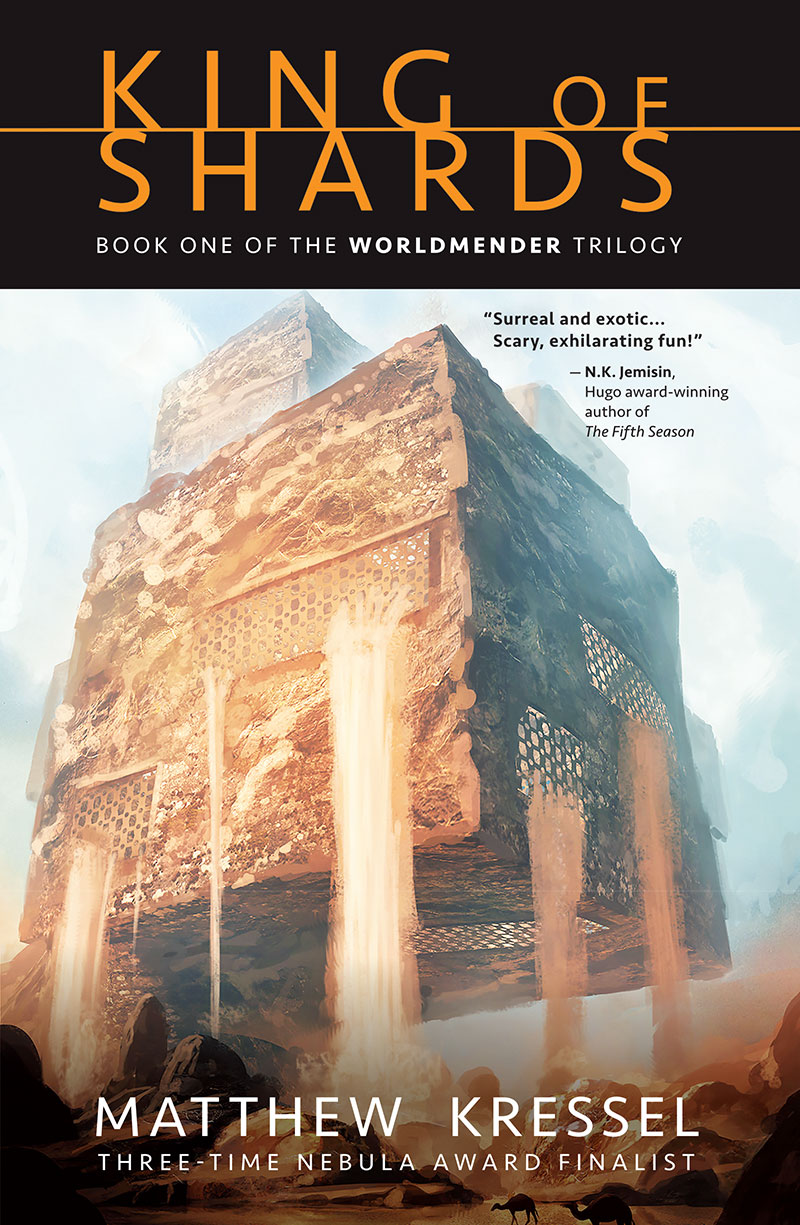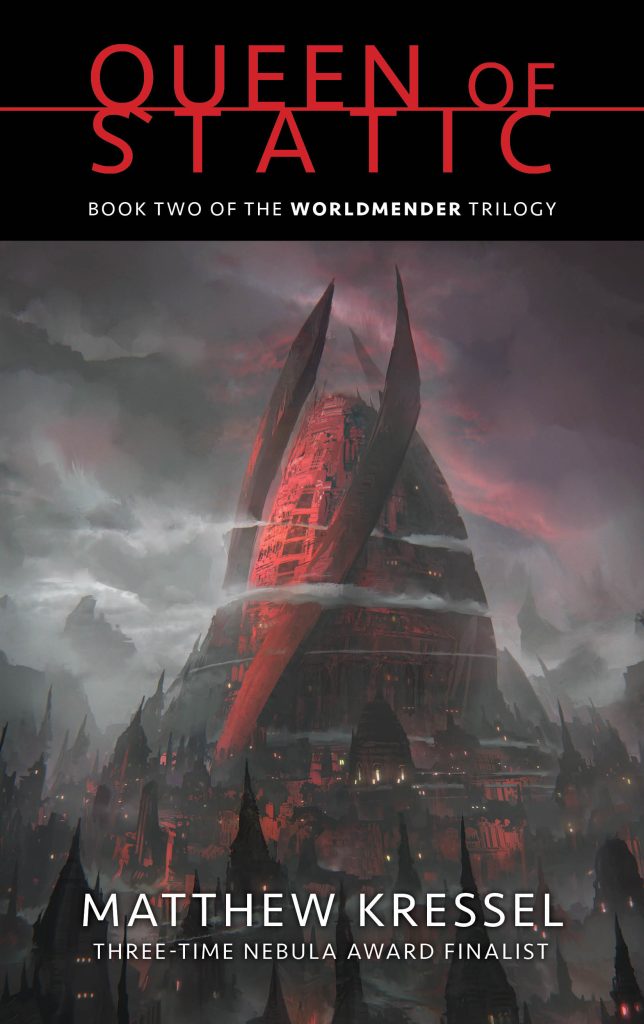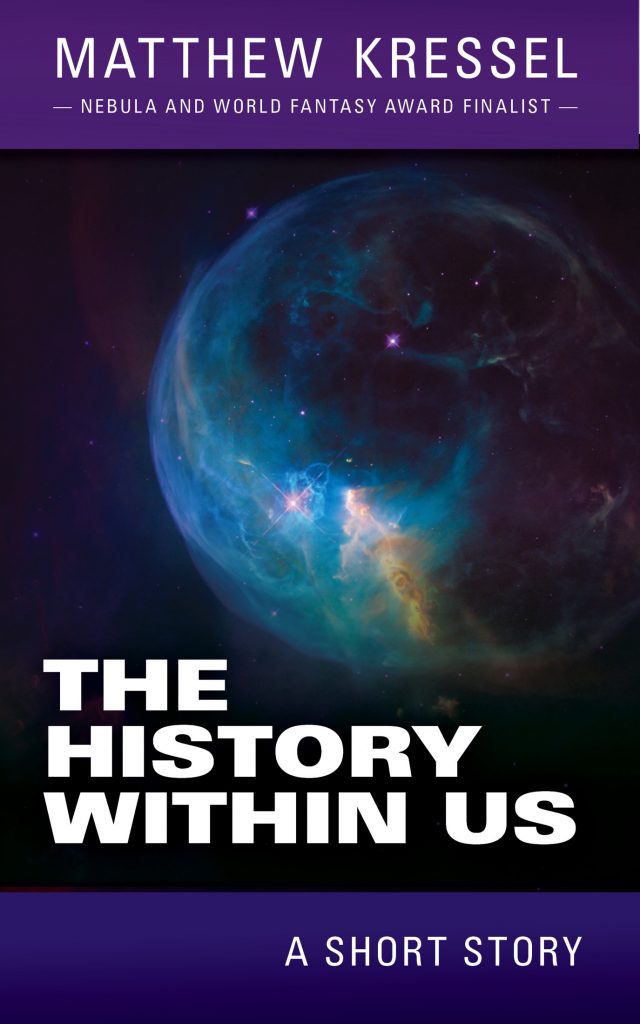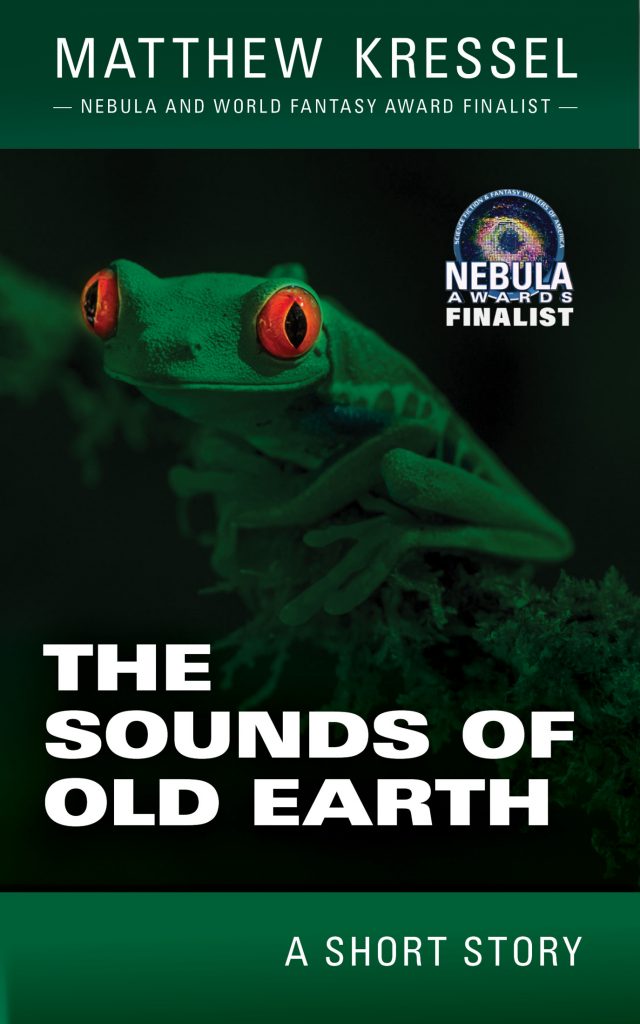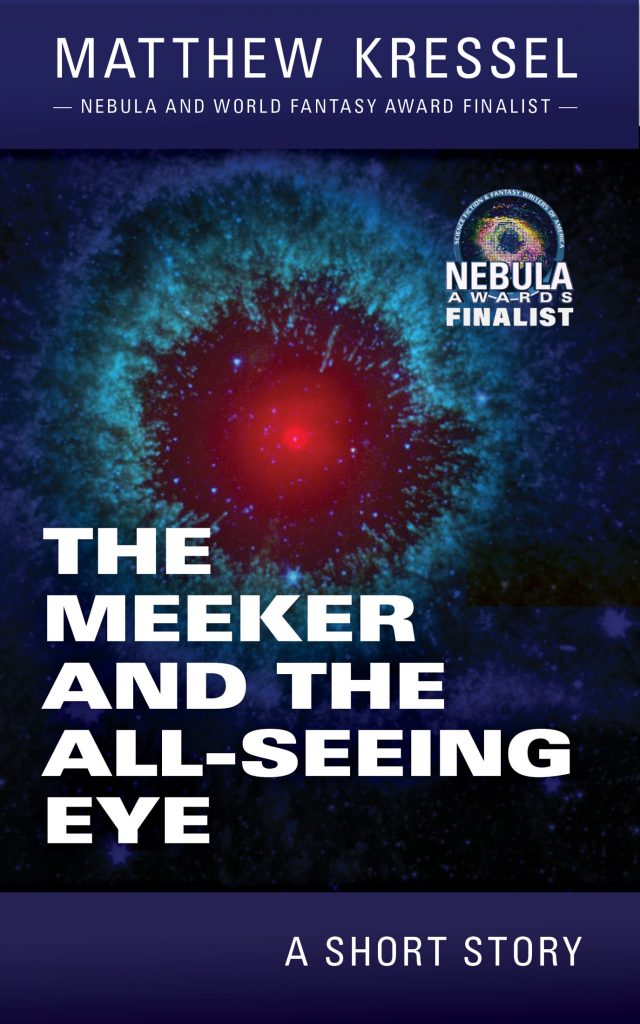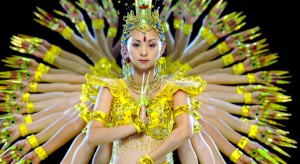 C and I saw Sam Fricke’s Samsara last night. The film opens with three striking images. A baby in the womb. A recently deceased man. And an Egyptian sarcophagus. Birth. Death. The afterlife. Birth again. Thus the theme is set. The wheel of samsara.
C and I saw Sam Fricke’s Samsara last night. The film opens with three striking images. A baby in the womb. A recently deceased man. And an Egyptian sarcophagus. Birth. Death. The afterlife. Birth again. Thus the theme is set. The wheel of samsara.
We watch Tibetan monks painstakingly create a mandala as the boy monks-in-training study the design, since the patterns are created entirely from memory. They stare into the camera with a mixture of wonder and practiced non-attachment. Then we are whisked eight thousand miles away to the deserts of Western U.S. Abandoned homes overtaken with sand, vanished Native American civilizations. Then to post-Katrina, high schools and homes ruined by water. Then to Buddhist temples in Southeast Asia. Haunting music, religious, techno, folk, plays as we are shown, in no particular order, scenes like:
o) thousands of people surviving by rummaging through vermin-infested garbage dumps while the rich live with pools on their balconies just a few hundred yards away.
o) a man having some kind of horrific orgasm by pressing mud into his face and then smearing make-up on himself, while miming different scenes of death
o) a home, once lived in, now almost entirely filled with desert sand
o) an artificial island shaped like a tree, with houses and pools covering every square inch of land
o) an African woman quietly breastfeeding her child inside a hut
o) ten thousand kids performing practiced martial arts poses in perfect time at the Shao Lin academy
o) Male Asian prisoners performing a group dance with hundreds of other inmates, while the women watch and nod their heads to the beat from their cells
o) Factory workers. Lots and lots of factory workers, some doing jobs as simple as tightening a screw
o) People staring at the camera, expressionless, as if challenging the viewer to see them not as they want you to see them, but who they are
o) Weird robot dolls and sex dolls
o) Babies. Lots and lots of babies
o) Religious ceremonies, the most striking of which is a scene at al-Haram in Mecca, shown from a dozen wide angles, of Muslims bowing en masse to the Muezzin’s call, and circling the Kaaba, the central structure. Played in sped up time, the people spin around the Kaaba like electrons around an atom, like stars around a galaxy, a holy vortex. Of all the images in the film, this one moved me the most.
o) And a melange of a thousand other scenes
In stunning time-lapse shots that sometimes become tedious, the images whisk by before we have a chance to appreciate them, before we have a chance to correlate them into some kind of narrative, because the film lacks any, besides the titular cycle of samsara. It’s as if the producers wish us to construct our own narrative from the beautiful, frightening, bizarre, and wonderful scenes we are shown. And though I understand this reasoning, I question the decision to remove, with the exception of the music, all forms of human speech. One of the things that makes humankind unique among all the animals on the Earth is our capacity for language. I would have enjoyed hearing the people from various cultures speak, even if I don’t understand what they were saying. Instead, we are shown shot after shot of people from different cultures staring blankly into the camera. Meant to be affecting, the conceit becomes silly when we see an American family wielding their shotguns and rifles, staring into the camera, posing like characters from Charlie’s Angels. But I will say that more than once I felt as if the people on screen were looking directly at me, a feeling I don’t recall ever having with a film.
At one point the film veers off its random course (or rather veers onto course) and we are shown the factory slaughter of chickens and cows, their butchering and packaging, their sale through overcrowded supermarkets, only to end with obese Americans stuffing their faces at a fast food restaurant. In another sequence, we are shown factories producing bullets by the ton, then various cultures around the world (including the Charlie’s Angel’s Americans I mentioned ) toting their guns, only to end with a U.S. soldier whose face has been severely disfigured presumably from war, an IED perhaps. The anti-consumption and anti-war messages were hard to miss.
It was in these scenes where the narrative arrived unexpectedly that the film affected me the most, but it also felt oddly gratuitous, perhaps because the rest of the film lacked any kind of narrative message other than, This is humanity, both our beauty and our ugliness.
The film ends with the Tibetan monks we opened with finishing their mandala. Then, standing above it, one monk crosses it out, and the others efface the beautiful design. It is a symbol of the transience of life, how one should not attach oneself to the world of forms. It was a powerful ending, indicative of the director’s overarching purpose: to show us the world in all its beauty and ugliness. And with the incessant staring of the subjects, calling out to us to realize we are part of this crazy wheel of life.
Overall, I enjoyed Samsara for the window it opened into parts of the world I had never seen in such detail before. Some shots are breathtaking, and if only for the scene of the worshiping Muslims circling the Kaaba at al-Haram in sped-up time, worth seeing. But be prepared to bring your own narrative.
